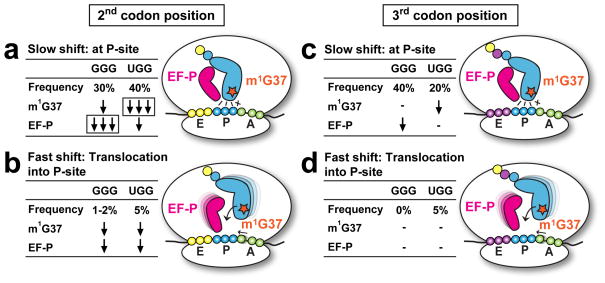Figure 7. A model of +1FS on CCC-C by GGG and UGG tRNAPro.
Frequencies of +1FS on CCC-C are shown for GGG or UGG tRNAPro based on kinetic data for the G37-state of each. a. In the post-translocation complex where CCC-C is placed at the 2nd codon position, the high frequencies of slow shifts, due to tRNAPro shifting from a stalled P-site, are suppressed primarily by m1G37 for the UGG tRNA and by EF-P for the GGG tRNA. b. The low frequencies of fast shifts at the 2nd codon, due to tRNAPro shifting en route to the P-site, are suppressed by both m1G37 and EF-P for each tRNA. c. When CCC-C is placed at the 3rd codon position, the high frequencies of slow shifts are suppressed by m1G37 for the UGG tRNA and by EF-P for the GGG tRNA. d. The low frequencies of fast shifts in the early elongation phase are not effectively suppressed by m1G37 or EF-P. Open arrows indicate suppression of error frequencies, while boxed arrows indicate suppression of both frequencies and kinetics of error formation. One arrow indicates a reduction of 2–3 fold, two arrows indicate 3–30-fold, three arrows indicate greater than 30-fold, and a “-“ indicates less than 2-fold effects. Percent frequencies are rounded up to the closest approximation.

